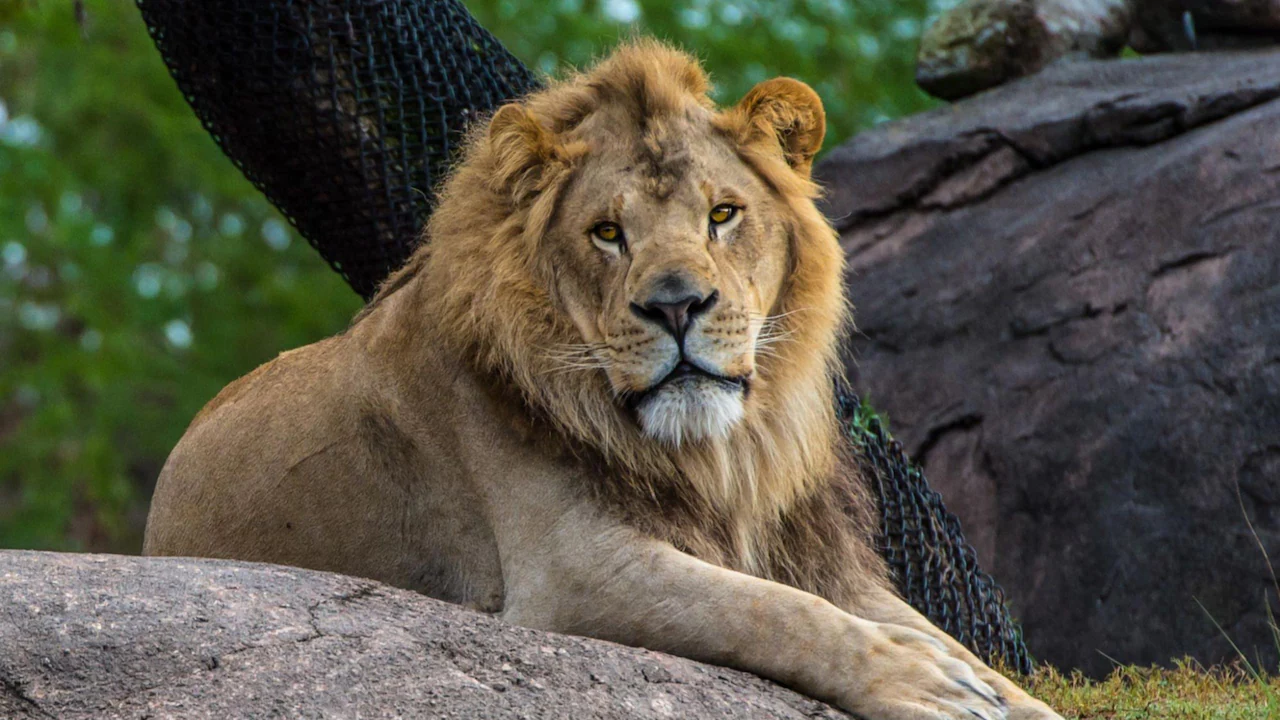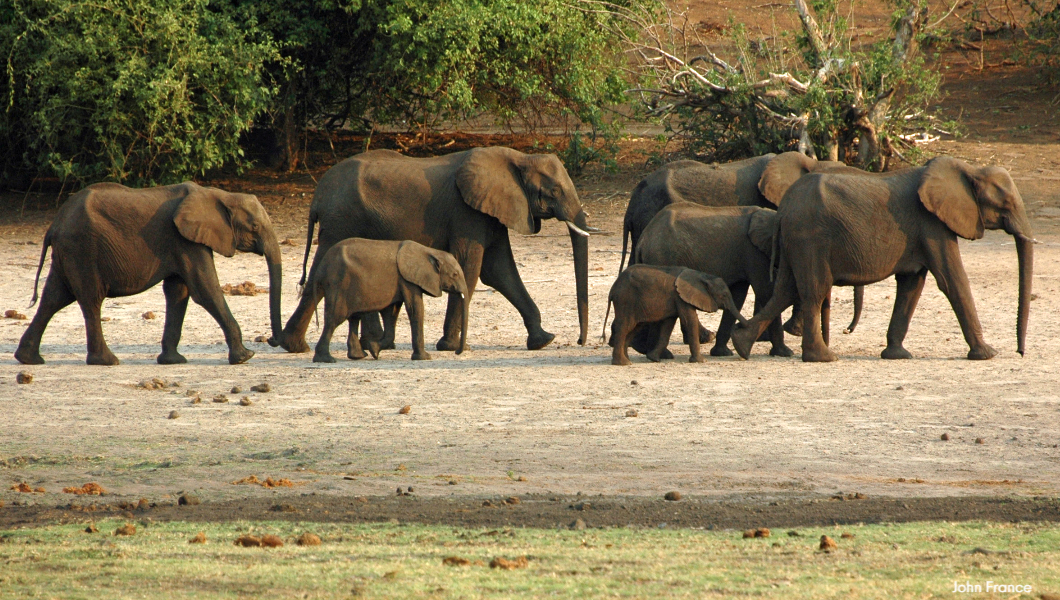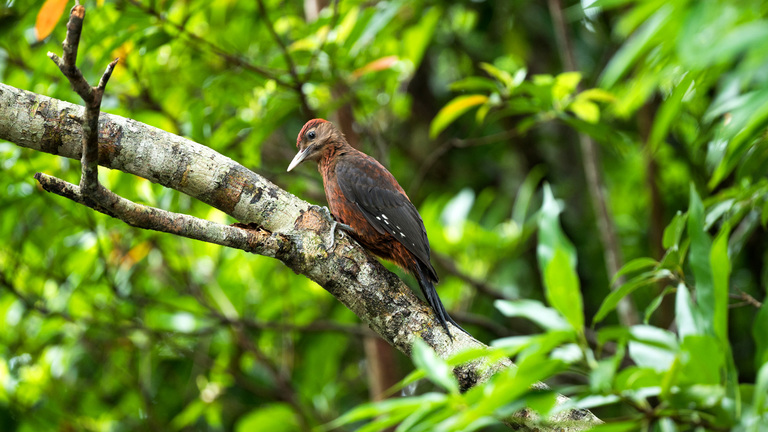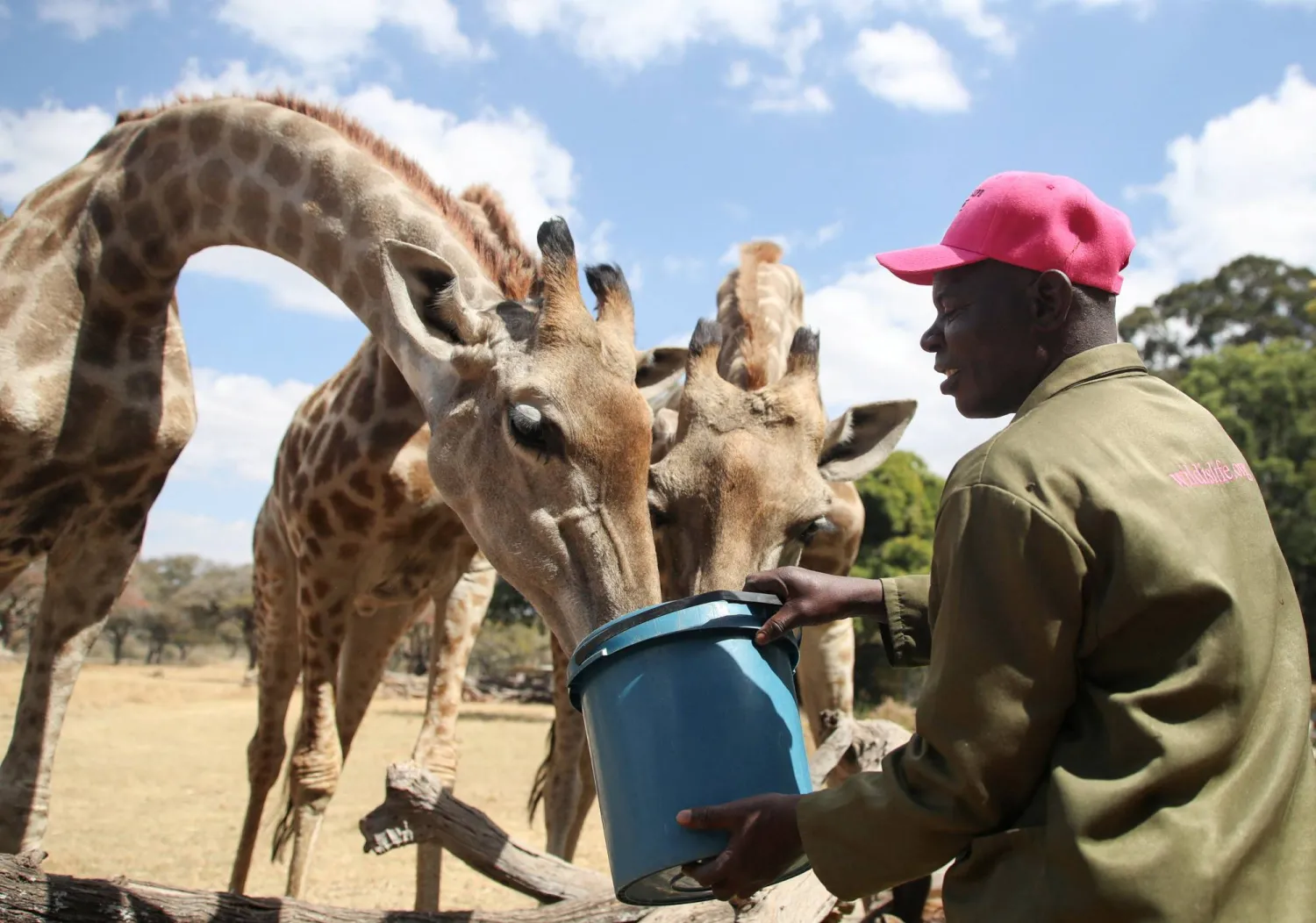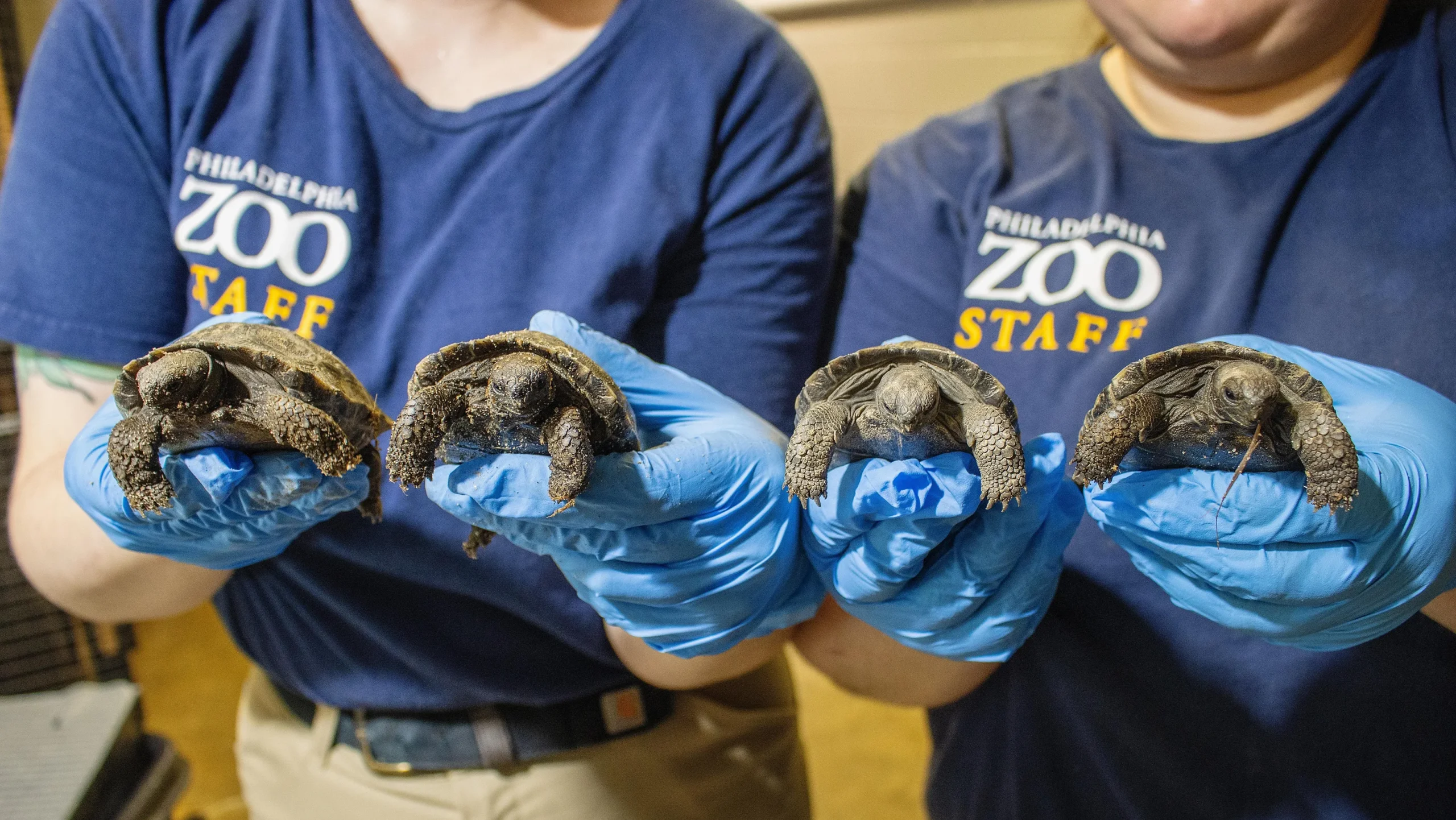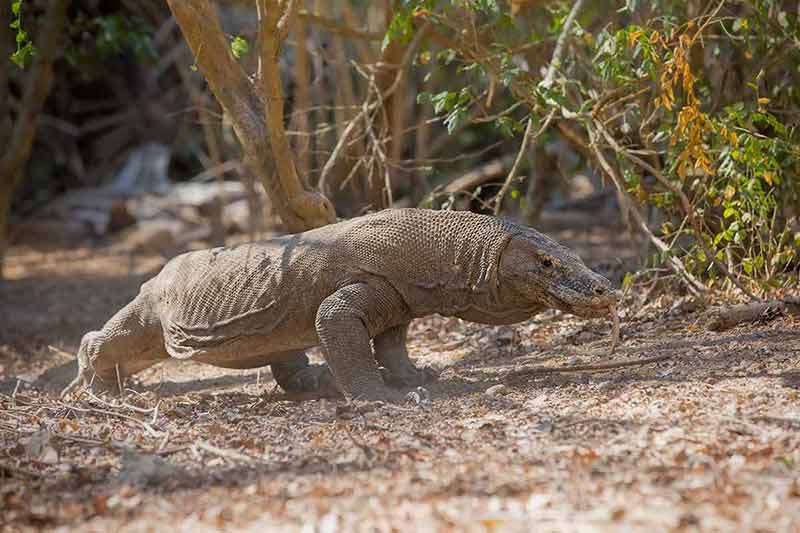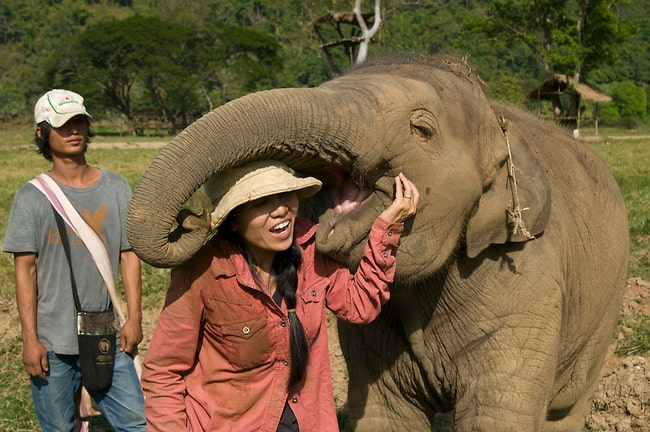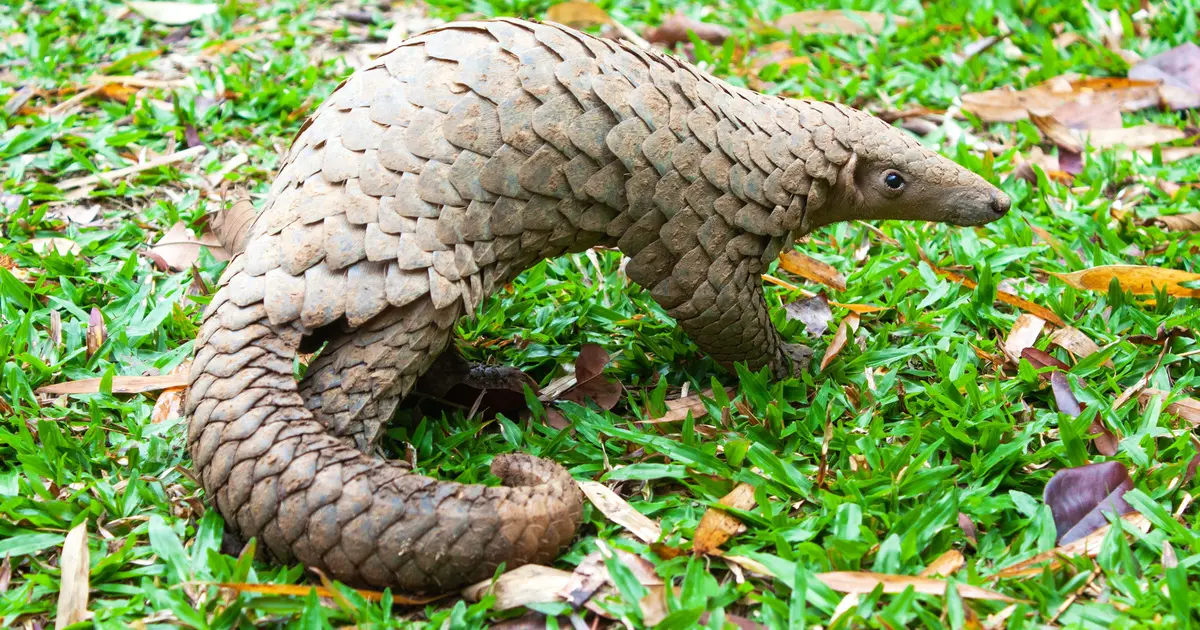Standing in the humid jungles of Borneo, I’ll never forget the moment I locked eyes with an orangutan swinging through the trees. Its soulful gaze felt almost human, and I was hooked on Asia’s incredible wildlife. From the iconic giant panda to the elusive snow leopard, Asia’s animals are a testament to the continent’s vast biodiversity. This article is your guide to the most awe-inspiring creatures you need to see, where to find them, and how to do it responsibly. Whether you’re a wildlife enthusiast or planning an Asian adventure, these animals will steal your heart and leave you with stories to tell. Let’s explore the top Asian animals that deserve a spot on your travel list, with practical tips and a touch of humor to keep it real.
Why Asia’s Wildlife Is Unmissable
Asia’s diverse landscapes—from Himalayan peaks to tropical rainforests—host some of the world’s most unique animals. Seeing these creatures in their natural habitats is a bucket-list experience, but many face threats like habitat loss and poaching. This guide combines my passion for wildlife, insights from conservation experts, and travel tips to help you plan an unforgettable journey.
A Personal Connection to Wildlife
Years ago, I volunteered at a panda sanctuary in Chengdu, and watching those fluffy giants munch bamboo was pure joy. That experience taught me how vital it is to support ethical wildlife tourism. Let’s dive into the animals that make Asia a wildlife lover’s paradise.
Giant Panda: China’s Fluffy Ambassador
No animal screams “Asia” like the giant panda, with its black-and-white fur and playful demeanor. Native to China’s bamboo forests, pandas are a global conservation success story, moving from endangered to vulnerable thanks to dedicated breeding programs. Visiting them is a must for any wildlife lover.
Where to See Giant Pandas
The Chengdu Research Base of Giant Panda Breeding in Sichuan is the go-to spot. Book tickets early, as this popular attraction draws crowds. You’ll see pandas of all ages, from cubs to adults, in a habitat mimicking their natural environment.
Pros and Cons of Visiting Panda Centers
| Option | Pros | Cons |
|---|---|---|
| Panda Centers | Ethical, educational, close-up views | Crowded, expensive add-ons like cub holding |
| Wild Sightings | Authentic, thrilling | Nearly impossible, requires expert guides |
Tips for Visiting
Arrive early to catch pandas when they’re active, as they sleep up to 14 hours a day. Avoid facilities offering hands-on experiences, as these can stress the animals. Instead, opt for volunteer programs to learn about conservation efforts.
Bengal Tiger: India’s Majestic Predator
The Bengal tiger, with its striking orange coat and black stripes, is India’s pride and a symbol of raw power. These big cats roam forests and grasslands, but their numbers are dwindling due to poaching and habitat loss. Spotting one in the wild is a heart-pounding experience.
Where to See Bengal Tigers
Ranthambore National Park in Rajasthan is a top destination, with around 60 tigers in a 758-square-kilometer area. Bandhavgarh and Kanha National Parks in Madhya Pradesh also offer high chances of sightings, with safaris deep into tiger territory.
Best National Parks for Tiger Safaris
| Park | Tiger Population | Unique Features |
|---|---|---|
| Ranthambore | ~60 | Close to Jaipur, scenic ruins |
| Bandhavgarh | ~60–70 | High tiger density, dense forests |
| Kanha | ~125 | Inspired “The Jungle Book,” vast landscapes |
Safari Tips
Book a jeep safari for better mobility and fewer crowds than canter safaris. Early morning or late afternoon tours increase your chances of spotting tigers. Always choose licensed guides to ensure ethical practices.
Komodo Dragon: Indonesia’s Living Dinosaur
Komodo dragons aren’t mythical creatures but the world’s largest lizards, growing up to 3 meters and weighing 135 kilograms. Found only in Indonesia’s Komodo National Park, these venomous giants are a thrilling sight for adventurers.
Where to See Komodo Dragons
Komodo National Park, encompassing Komodo, Rinca, and Padar islands, is the only place to see them. Day trips from Flores or multi-day boat tours from Bali offer guided treks to spot these “dragons” in their rugged habitat.
Safety and Ethics
Komodo dragons can be dangerous, so always stay with a ranger. Avoid tours that bait the animals, as this disrupts their natural behavior. Opt for eco-friendly operators to support conservation efforts.
Asian Elephant: Gentle Giants of the Forest
Asian elephants, smaller than their African cousins, are ecosystem engineers, creating forest clearings and dispersing seeds. Found across Southeast Asia, they’re revered in cultures but endangered due to habitat loss and human conflict.
Where to See Asian Elephants
Thailand’s ethical sanctuaries, like Elephant Nature Park in Chiang Mai, offer observation-based experiences. In Borneo, the Kinabatangan River and Danum Valley are prime spots for seeing wild Borneo pygmy elephants.
Ethical vs. Non-Ethical Elephant Experiences
| Experience | Pros | Cons |
|---|---|---|
| Ethical Sanctuaries | Animal welfare-focused, educational | Limited interaction, higher cost |
| Tourist Rides | Cheap, widely available | Often cruel, harmful to elephants |
How to Choose Ethical Tours
Look for sanctuaries vetted by organizations like the Five Domains of Animal Welfare. Avoid rides or performances, which often involve cruel training methods. Goway Travel offers vetted, ethical elephant experiences in Thailand.
Orangutan: Borneo and Sumatra’s Soulful Apes
Orangutans, with their reddish fur and human-like expressions, are among Asia’s most intelligent animals. Found only in Borneo and Sumatra, they’re critically endangered due to deforestation. Seeing them swing through the trees is unforgettable.
Where to See Orangutans
Gunung Leuser National Park in Sumatra and Sepilok Orangutan Rehabilitation Centre in Sabah, Malaysia, are top spots. The Kinabatangan River in Borneo offers wild sightings during river cruises.
Conservation Tips
Support sanctuaries that prioritize rehabilitation over entertainment. Avoid tours offering feeding sessions, as they can disrupt natural behaviors. Licensed guides are mandatory in Gunung Leuser for safety and conservation.
Snow Leopard: The Ghost of the Himalayas
Snow leopards, with their thick fur and elusive nature, are masters of camouflage in the high Himalayas. These rare big cats are endangered, with only a few thousand left in the wild. Spotting one feels like finding a needle in a haystack.
Where to See Snow Leopards
Hemis National Park in Ladakh, India, is a prime location, especially in winter when leopards descend to lower altitudes. Guided treks with local experts increase your chances of a sighting.
Challenges of Spotting Snow Leopards
Their camouflage and remote habitat make sightings rare. Patience and a good guide are essential. Tours often include cultural experiences in Ladakh’s monasteries, adding depth to your trip.
Japanese Macaque: Snow Monkeys of Nagano
Japanese macaques, or snow monkeys, are famous for soaking in hot springs amidst snowy landscapes. Native to Japan’s main islands, they’re a delightful mix of quirky and adorable.
Where to See Snow Monkeys
Jigokudani Monkey Park in Yamanouchi, Nagano, is the iconic spot to see them bathe. Winter visits offer the classic snow-covered monkey scene, but book tours early for this popular destination.
Visiting Tips
Dress warmly for Nagano’s cold winters. Respect park rules by keeping your distance and avoiding food, which can provoke the monkeys. Early morning visits mean fewer crowds and more active monkeys.
Red Panda: The Himalayan Cutie
Red pandas, with their rust-colored fur and bushy tails, are often overshadowed by their giant panda cousins. Found in the Himalayas, these tree-dwelling mammals are vulnerable due to habitat loss.
Where to See Red Pandas
The Singalila National Park in India and panda centers in Chengdu often house red pandas alongside giant pandas. Wild sightings are rare, so sanctuaries are your best bet.
Why They’re Special
Red pandas are shy but playful, often seen tumbling in trees. Their conservation story highlights the need to protect Himalayan forests. Visiting ethical centers supports these efforts.
Proboscis Monkey: Borneo’s Big-Nosed Star
Proboscis monkeys, with their comically large noses, are endemic to Borneo and live in mangrove forests. Their declining numbers make sightings a special treat for wildlife lovers.
Where to See Proboscis Monkeys
The Kinabatangan River and Bako National Park in Sarawak, Malaysia, are ideal for spotting these quirky primates. River cruises offer the best views as they leap between trees.
Fun Fact
The male’s nose isn’t just for show—it’s a status symbol to attract mates. Their belly-flopping swims are a hilarious bonus for lucky observers.
Indian Rhino: The Armored Giant
Indian rhinos, with their single horn and armored skin, are a sight to behold in India’s grasslands. Once nearly extinct, their population has rebounded thanks to conservation efforts.
Where to See Indian Rhinos
Kaziranga National Park in Assam, India, hosts the world’s largest population, with around 2,400 rhinos. Jeep or elephant-back safaris (ethical ones only) offer close-up views.
Conservation Success
Kaziranga’s success shows how dedicated efforts can save species. Support parks by choosing eco-friendly tours and avoiding souvenirs made from rhino parts.
People Also Ask (PAA) Section
What are the most iconic animals in Asia?
Iconic Asian animals include the giant panda, Bengal tiger, Asian elephant, orangutan, and Komodo dragon. Each represents the continent’s diverse ecosystems, from bamboo forests to tropical islands. Many are endangered, making ethical sightings a priority.
Where can I see pandas in Asia?
The Chengdu Research Base in Sichuan, China, is the best place to see giant pandas. For red pandas, try Singalila National Park in India or panda centers in Chengdu. Book early and choose ethical facilities.
How can I see tigers in the wild?
Ranthambore, Bandhavgarh, and Kanha National Parks in India offer the best chances to see Bengal tigers. Book jeep safaris with licensed guides for ethical and safe experiences. Early morning tours are ideal.
Are there ethical ways to see elephants in Asia?
Yes, visit sanctuaries like Elephant Nature Park in Thailand, which prioritize animal welfare. Avoid rides or performances, and choose operators vetted by organizations like the Five Domains of Animal Welfare.
Best Tools for Wildlife Travel Planning
- Travel Apps: Apps like TripAdvisor and Viator list vetted wildlife tours across Asia.
- Guidebooks: “The Rough Guide to Southeast Asia” includes wildlife sections and ethical travel tips.
- Conservation Websites: WWF and IFAW offer insights on ethical operators and conservation projects.
- Binoculars: A good pair, like Nikon Monarch, enhances wildlife viewing from a safe distance.
Comparison: Top Wildlife Travel Apps
| App | Features | Cost |
|---|---|---|
| TripAdvisor | User reviews, tour bookings | Free |
| Viator | Curated wildlife tours, global reach | Free |
| iNaturalist | Species identification, community-driven | Free |
SEO Tips for Wildlife Blogs
To rank for “Asian animals to see,” use keywords like “best places to see pandas,” “tiger safaris in India,” or “ethical elephant sanctuaries.” Create content hubs with blogs, videos, and maps linking to specific destinations. Internal links to related posts (e.g., “Top 10 Ethical Wildlife Tours”) boost SEO.
Long-Tail Keywords to Target
- Where to see Komodo dragons in Indonesia
- Ethical panda sanctuaries in China
- Best national parks for Bengal tigers
- How to spot orangutans in Borneo
FAQ Section
Q: What’s the best time to see Asian wildlife?
A: Seasons vary by species. Winter is ideal for snow leopards in Ladakh, while summer suits tiger safaris in India. Check park schedules for peak animal activity.
Q: Are wildlife tours in Asia safe?
A: Yes, with licensed guides and reputable operators. Follow safety rules, like keeping your distance from animals, especially Komodo dragons and tigers.
Q: How can I support conservation while traveling?
A: Choose ethical tours, donate to sanctuaries, and avoid souvenirs made from animal parts. Support organizations like WWF or IFAW through donations or volunteering.
Q: Where can I find ethical wildlife tours?
A: Look for operators vetted by Goway Travel or listed on WWF’s website. Check reviews on TripAdvisor for feedback on animal welfare practices.
Q: What should I bring for wildlife trips?
A: Pack binoculars, a camera with a zoom lens, comfortable hiking gear, and a reusable water bottle. Check local weather and park rules for specific needs.
Final Thoughts
Asia’s wildlife is a treasure trove of beauty and wonder, from the soulful eyes of orangutans to the majestic stride of Bengal tigers. My encounters with these animals have left me in awe and inspired a lifelong commitment to conservation. Plan your trip with care, choose ethical experiences, and let these creatures remind you of nature’s magic. Whether it’s a panda’s playful tumble or a snow leopard’s ghostly silhouette, these moments will stay with you forever.














